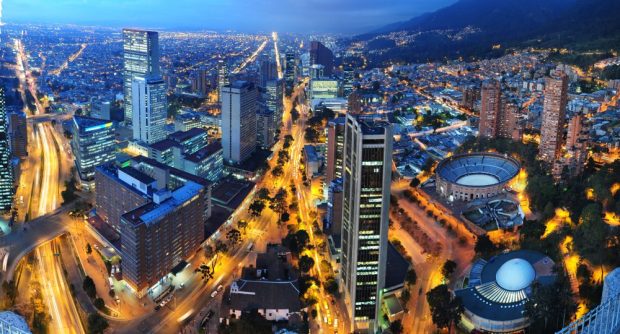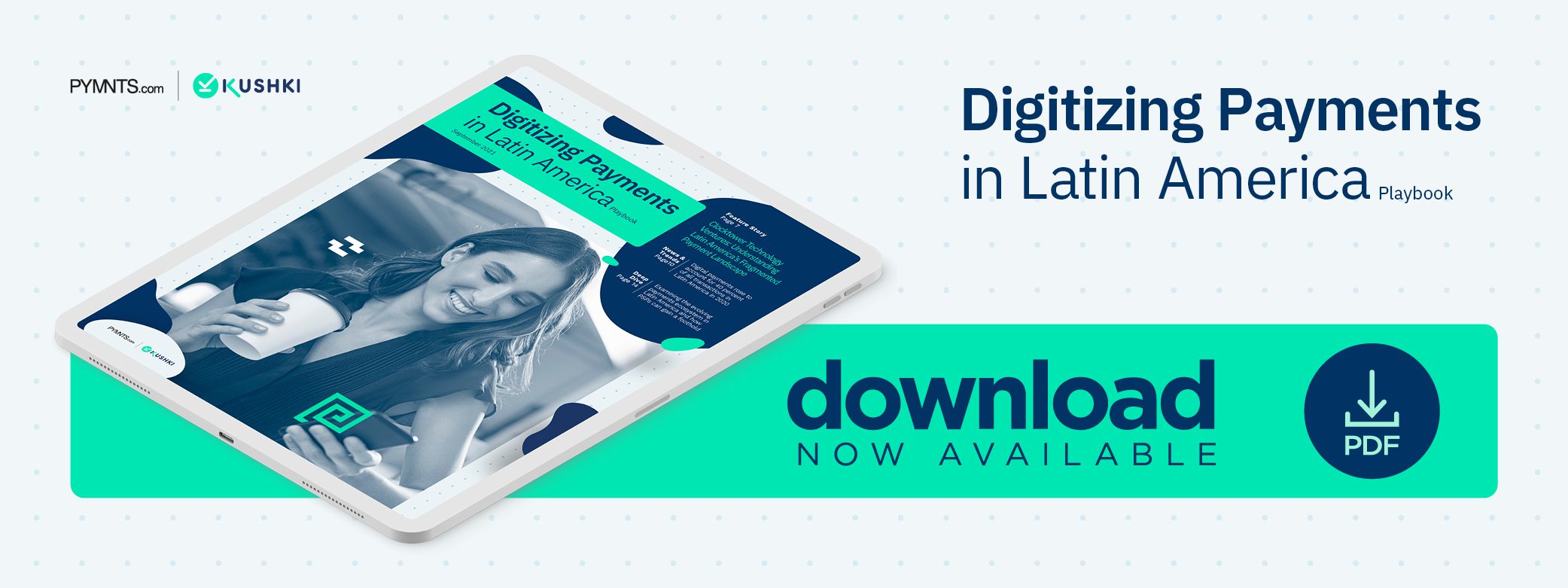Deep Dive: Examining Latin America’s Payments Ecosystem and the PSP Opportunity

The pandemic has accelerated Latin America’s shift to a digital-first economy as a growing majority of consumers opt to shop and access financial services online.
A study predicted that 84 million consumers in the region will take up eCommerce shopping by the first quarter of 2022 — 70% more than would do so in the absence of the pandemic. This corresponds to an 18% jump in eCommerce penetration, which rose from 45% to 63% of the total Latin American population.
A steady climb in mobile penetration has fueled this transformation. One study estimated that 373 million Latin Americans owned smartphones as of 2020, while other research similarly found that 360 million consumers, or 57% of the region’s population, would have unique mobile internet connections by the end of 2020. This is forecast to jump to 423 million Latin Americans — or 64% — by 2025.
The region also faces unique challenges, however. The following Deep Dive examines the rapidly evolving payments ecosystem in Latin America, beginning with two key obstacles that payment service providers (PSPs) encounter when crafting their services for the region: country-by-country fragmentation and low penetration of payment cards and digital payments. It also reviews two unusual characteristics of the region — namely the prominence of cash vouchers and installment plans — and how PSPs can meet the region’s unique demands.
Country Fragmentation Presents a Major Challenge
The Latin American payments landscape is highly fragmented between countries despite the region’s relatively high level of economic and trade integration. The region is home to four of the world’s top 10 countries with the highest unbanked populations, and a lack of payments standardization exists across the continent. Cultural, financial and regulatory differences compounded by preferred payment methods and licensing requirements that vary from country to country present significant obstacles to businesses trying to expand services across borders in the region.
In addition to regulatory issues, these cultural and data infrastructure issues explain why buy now, pay later (BNPL) providers are finding it difficult to go across borders. This also is a key reason why card acceptance is low and varies country by country and why credit card adoption is low. Most issuing banks in Latin America do not use international payments networks such as Visa’s or Mastercard’s. They instead use their own networks, which may be limited to a few neighboring countries or even just their home markets. This means they can be of little use as cross-border payments options.
The Bank for International Settlements (BIS) released a report in December stating that in Latin America, “payments across borders are typically slow, opaque and costly.” International transfer costs through banks are particularly prohibitive, typically costing 10% of the transaction value. The BIS said FinTechs can help with this issue. Another major obstacle the organization identifies is Latin America’s lack of legal and regulatory infrastructure to support cross-border payments, although some progress has been made, such as the guiding principles for FinTech regulations agreed on by the Pacific Alliance countries (Chile, Colombia, Mexico and Peru).
Card and Digital Payment Penetration Is Low but Growing Fast
Digital payments lag surprisingly far behind in Latin America, despite the growth in eCommerce, smartphones and mobile internet. Just 120 million Latin American consumers — 18% — use a FinTech, digital wallet or neobank account, compared to 46% of consumers in Asia-Pacific, a region considered to be leading the shift toward cashless payments. Only 41% of consumers in Argentina, 59% in Brazil and 25% in Mexico possessed debit cards as of March, compared to 80% in the U.S., and just 19% of Latin Americans have credit cards.
The region is catching up quickly, however. Digital payments doubled as a share of total payments in the region between the start of the pandemic and late 2020, according to a report from Mastercard. Other research revealed that 40 million Latin American consumers began to use banking services for the first time during this period, with many of them leveraging digital banking solutions. Government support payments have largely encouraged this shift. Colombian authorities allowed consumers to receive emergency pandemic payments via digital wallets, for example, and the Brazilian government recently used a state-sponsored banking app to distribute social support payments to 36 million recipients who previously did not have bank accounts.
Cash Vouchers and Installment Payments Are Key Variables
Alternative payment methods also figure heavily into Latin America’s payment ecosystem. Various forms of cash vouchers are common throughout the region, such as those offered by Colombia’s Baloto. Shoppers can pay for their online purchases by generating a digital Baloto certificate and paying it in cash at one of the company’s physical shops. Consumers opt for voucher payments for a variety of reasons, including lack of access to a payment card or digital wallet, the seller not accepting methods available to the buyer, and concerns about the safety of fully digital transactions.
Another unique characteristic is the prominence of installment payments, which dominate eCommerce sales in Latin America, accounting for over 60% of transactions. The region’s lack of credit cards might help explain this, since many consumers wishing to pay for larger purchases over time do not need a card to do so. This is not merely a function of buyers being strapped for cash, however. In economies with high inflation rates or rapidly depreciating currencies, it can be highly advantageous to delay settlement for one’s purchases, especially if coupled with parking the funds in a high-interest account or more stable currency. Argentina represents an extreme example, with inflation recently topping 50% per year.
How PSPs Can Answer Consumers’ Payment Demands
PSPs should not mistake the current state of payments for what consumers prefer. The stickiness of cash and the penetration of credit and debit cards and digital payments does not mean Latin American consumers are satisfied with existing solutions. Research indicates that actually the opposite is true.
A report found that 83% of Latin American consumers are open to using more cutting-edge payment methods and technologies, such as cryptocurrencies, QR codes and biometric authentication-based transactions, and that 72% have tried a new form of payment as a result of the pandemic. Fifty-nine percent agreed that they prefer not to purchase from merchants that do not accept any electronic payments, and these consumer demands heighten expectations for a wider variety of advanced payment options. The market opportunity in Latin America therefore is massive for PSPs, which can help drive digital and mobile payment use for more satisfying shopping experiences.

